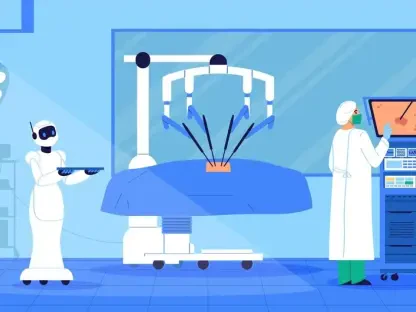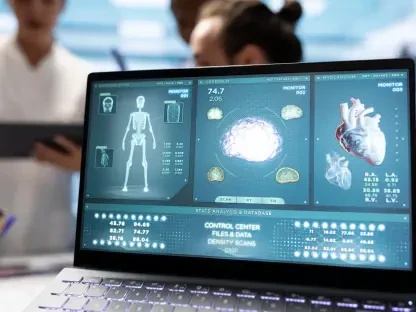The rapid advancements in artificial intelligence (AI) are poised to transform the landscape of diabetes management, providing more precise and personalized treatments. This innovation is especially promising with the use of AI to enhance glucose monitors, which could lead to early identification of diabetes complications and improved health outcomes.
Improving Diagnosis and Understanding of Diabetes Subtypes
Researchers at Stanford have made significant strides in using AI to enhance the diagnosis of diabetes, particularly Type 2, which accounts for a staggering 95% of all diabetes cases. Recent findings have shown that Type 2 diabetes is not a single condition but comprises several subtypes. Each subtype correlates with different risks for complications, such as heart, liver, and kidney diseases. Identifying these subtle variations is crucial for effective management, but traditional metabolic tests required for understanding the physiology of diabetes are often complex, costly, and impractical for routine clinical use.
Stanford researchers tackled this issue by leveraging data from glucose monitors already commonly used by patients. They developed an AI algorithm capable of identifying three of the four most common subtypes of Type 2 diabetes with an impressive accuracy of around 90%. This accuracy rate not only rivals but surpasses that of traditional metabolic tests, marking a substantial improvement in understanding the disease.
Personalized Medicine through AI
One of the most transformative aspects of this AI application is its potential to enable personalized medicine. By accurately pinpointing a patient’s specific diabetes subtype, healthcare professionals can tailor treatments to the individual’s unique needs. Customized treatment plans can lead to better patient outcomes, reducing the burden of diabetes-related complications. Additionally, personalized care can lower healthcare costs by avoiding a one-size-fits-all approach, which may not be effective for all patients.
The benefit of this AI algorithm is its reliance on glucose monitor data, making it a practical and accessible tool. Patients already use these monitors, so there is no need for additional, often expensive, diagnostic tests. This approach simplifies the process and broadens the scope of who can benefit from advanced diabetes care.
Enhancing Accessibility and Equity in Healthcare
The accessibility of AI-driven health technology holds promise for individuals who might face geographical or economic barriers to comprehensive healthcare. Nearly 13% of the US population lives with diabetes, and many do not have access to the necessary medical resources for optimal disease management. The AI algorithm developed by Stanford can democratize access to critical health information, providing valuable insights to those who might otherwise go without.
Furthermore, the rise of AI in health technology aligns with broader trends toward making healthcare more user-friendly and widely available. Continuous glucose monitors have already seen significant advances, with two over-the-counter models recognized at CES 2025. Such developments signify a move toward integrating sophisticated health monitoring into everyday life, ensuring better disease management and prevention.
The Future of Diabetes Management
The rapid advancements in artificial intelligence are set to revolutionize diabetes management, offering more accurate and personalized treatments than ever before. By integrating AI into glucose monitors, patients will benefit from smarter, more responsive technology that can anticipate their needs and adjust accordingly. This breakthrough has the potential to identify diabetes complications at an earlier stage, allowing healthcare providers to intervene sooner and possibly prevent severe outcomes. Additionally, AI-driven glucose monitoring could streamline the management process for both patients and doctors, making it easier to track and respond to fluctuating blood sugar levels. This can greatly enhance the quality of life for those living with diabetes by reducing the burden of constant monitoring and manual adjustments. Furthermore, personalized treatment plans derived from AI analytics can help optimize medications and dietary recommendations, tailoring them to individual needs. Overall, this technological leap forward in AI applications promises a brighter, healthier future for diabetes treatment, potentially reducing hospital visits and improving long-term health outcomes.









